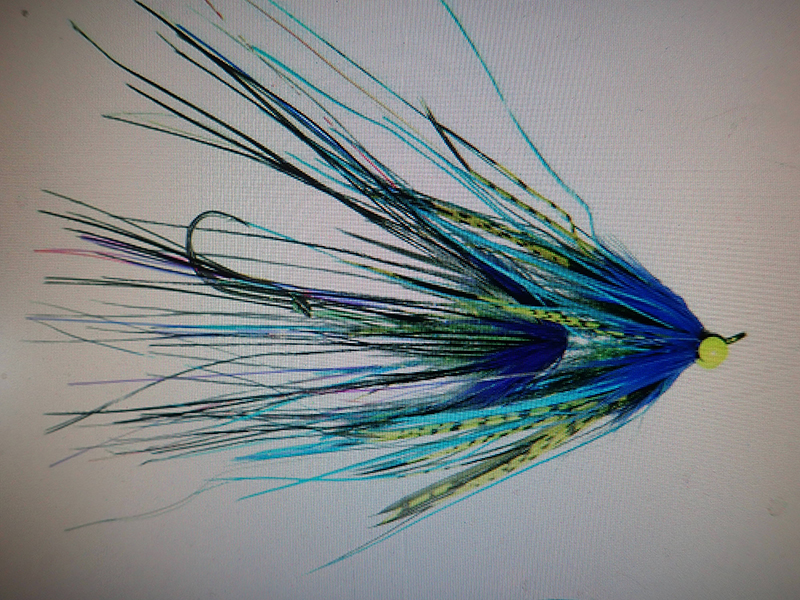
by Scott Sadil
With Northwest steelhead runs falling to record lows this year, and rivers now closed to fishing from Oregon to British Columbia in what should be the height of the steelhead season, I’m beginning to wonder if steelhead flies will soon become an abstraction, akin somehow to the flamboyantly gaudy yet exquisitely constructed Atlantic salmon flies of the nineteenth century, patterns fashioned as industrialization took its own heavy toll on another species of wild, anadromous fish.
It’s a grim notion. But a glance at most any of the voluptuous Intruder-style flies popularized in the Northwest over the past two decades will reveal a kinship, rarely acknowledged, between these modern flies and the bizarre and oft-times surreal salmon patterns from the Victorian age.

Of course, Intruder advocates claim said patterns are popular because they work. Big, baroque flies, goes the reasoning, provoke aggressive takes, triggering a steelhead’s impulse to protect its turf, ward off attacks on precious redds, or consume an enticing one-bite meal.
Oddly, these are the same arguments that were offered up for the small, bright, chunky steelhead patterns favored fifty and seventy-five years ago, a line of reasoning that never quite squared with anglers who found they moved most of their fish, at least in summer and fall, with sparse surface patterns waking across the river on a downstream, greased-line swing.
Those old ostentatious salmon flies, I suspect, were said to piss off fish, too.
The kinship I’m alluding to, however, may go even deeper. Part of the impetus behind those bold and brilliant salmon patterns was the availability of a wealth of new and exotic tying materials, glamorous birds and feathers discovered during the vast imperial reach of the British empire.
Intruder patterns, too, are generally laced with the latest and greatest materials on the market, must-have synthetic components that reveal a tilt to the direction of life today, while also making many of us wonder how we could have possibly been so lucky to catch steelhead on simple fur and feather patterns in the distant past.

What I really don’t want to talk about, on the other hand, is what was going on in the world during the apex of Victorian era salmon flies, and what’s going on now during the Intruder fly era, that may very well be connected to the faltering runs of Atlantic salmon long ago, and the crash of steelhead runs today.
The world we live in, we’re discovering yet again, is not immune to our efforts to transform or even improve it.
Something’s got to give.
Dark thoughts for a rainy October morn. Better, perhaps, to refresh the coffee, stoke the woodstove, and step out to the shop to leather a new set of oars.
______________________________________________________________________________
Gray’s Angling Editor Scott Sadil belongs to the fly fishing old school that believes the fly is the least important piece of a cast.
